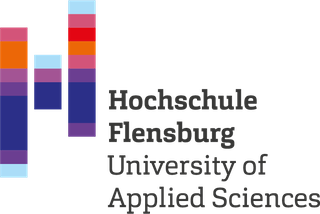A gender issue? - Analyzing individual differences while solving spatial tasks on mobile devices
Zander, S., Yepes-Serna, V., Montag, M., Wetzel, S., & Bertel, S. (2018). A gender issue? - Analyzing individual differences while solving spatial tasks on mobile devices. EARLI SIG 6 & 7 Meeting (Technology-Enhanced Learning). Bonn, Germany.
